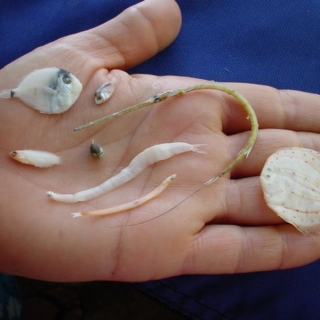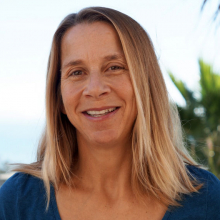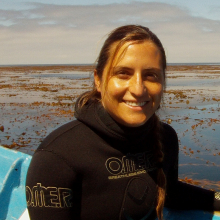
Larval Dispersal and Connectivity
How do physical and biological factors influence settlement and survival of marine organisms into reef-based populations? How are populations connected via larval dispersal and/or movements of juveniles and adults? How and why do animals use habitat? These questions are fundamental for understanding population and community dynamics and the answers will inform pressing management issues including the design of marine protected areas, spatial scales of fisheries management, and both the resilience and recovery of marine populations in the face of disturbance.
While my research is largely field-based, I collaborate with physical oceanographers and modelers to simulate larval trajectories using ROMS and other modeling approaches. We also use work with tools such as otolith microchemistry, genetics and acoustic telemetry to test for patterns of connectivity among locations.




